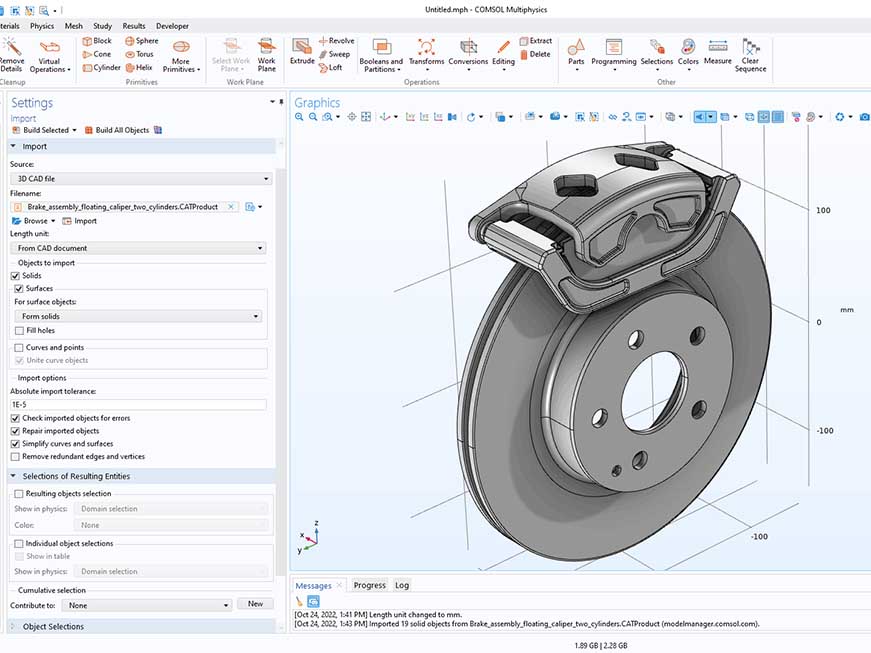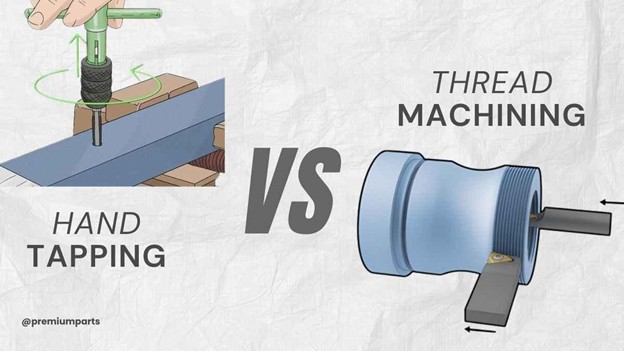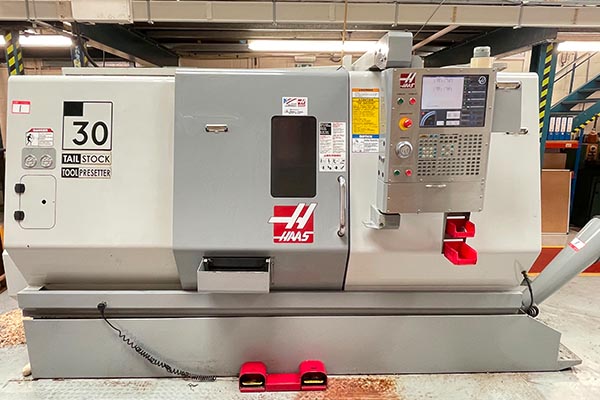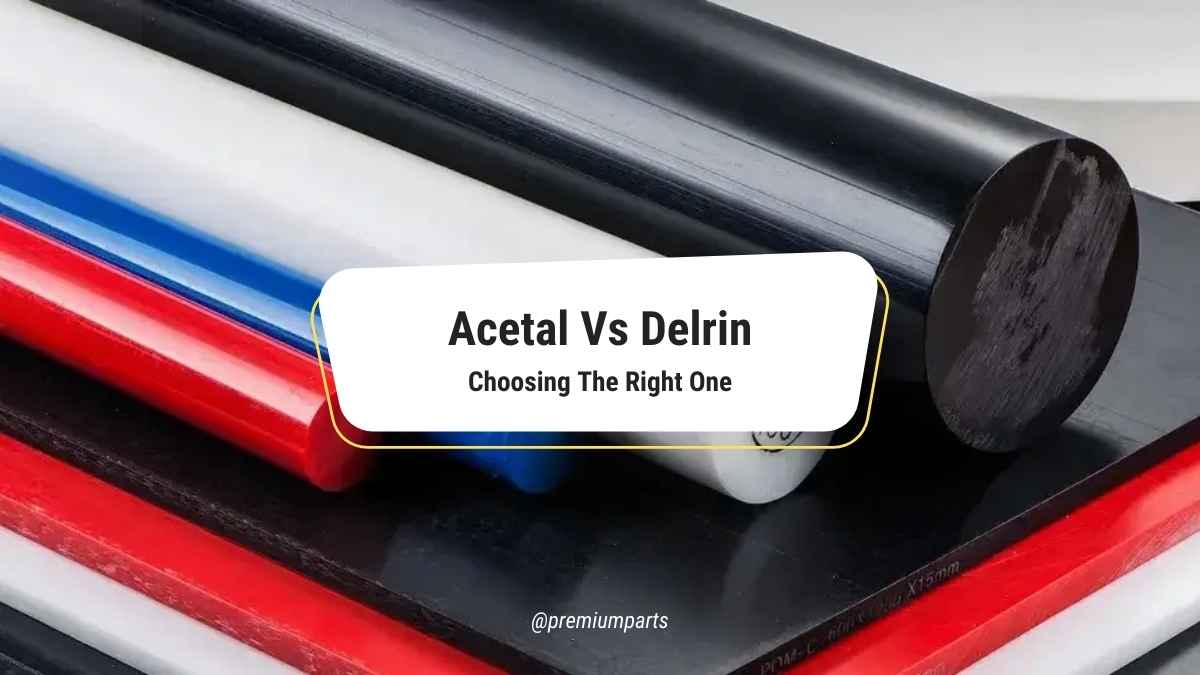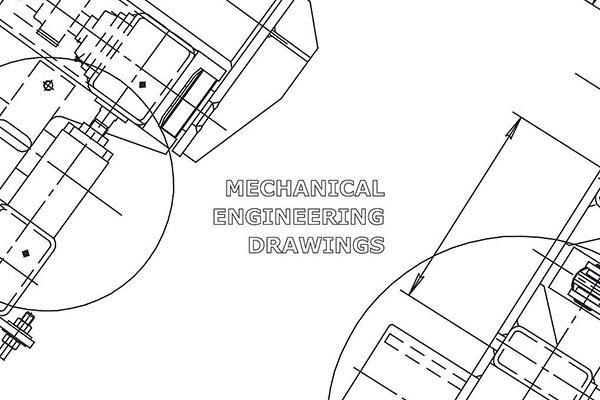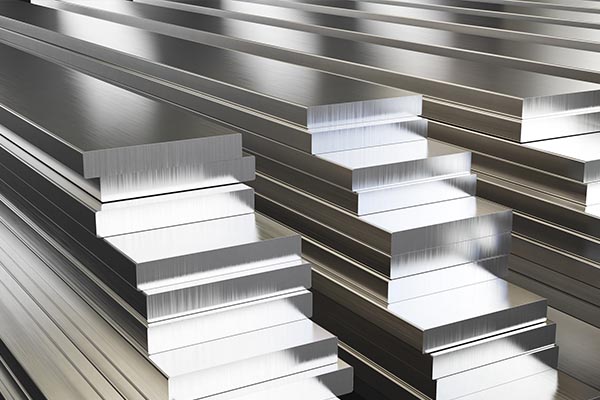Have you even struggled with defective molds, inconsistent product quality, or warping in molding? Manufacturers often face dimensional issues, cooling inefficiencies, or other problems because of cavity or core design. These issues result in more inaccuracies, rejections, and waste, increasing the production cost. Without designing the accurate parts of mold, achieving good precision and accuracy in parts is not possible.
A properly designed core and cavity combination eliminates the occurrence of defects and confirms dimensional precision and accuracy. Moreover, engineers also optimize these mold parts to minimize shrinkage and increase part durability. In addition, the best material selection is also important for high mold life and end-product consistency.
This blog explores the essentials of core and cavity design, from configuration types and material selection to best practices and main issues. By knowing all such aspects, manufacturers can better mold output and increase efficiency and overall performance. No matter if you’re making intricate medical parts or high-volume production, mastering the basics is necessary for manufacturing success.
Basics of Injection Molding Core and Cavity
Injection molding relies on the core and cavity parts to form the basic mold structure that produces plastic shapes. The mold’s outside shape comes from the cavity, and its inside details result from the core. The cavity and core elements determine how the molded part will look and measure in size.
The mold receives melted plastic that fills the cavity space around the core. The mold opens automatically when the plastic solidifies, and the core moves away from the finished product. The correct alignment of core and cavity components helps produce parts with accurate measures and surface quality plus strong construction.
Key Role in Part Formation
- The cavity tool determines the external form to achieve product look and performance standards.
- The core creates specific internal elements, including holes, indentations, support bars, and recesses.
- Cavity vents protect parts from burns while stopping trapped air and poor injection results.
- The core demands proper cooling to speed up production and produce high-quality parts.
- A balanced core and cavity system stops parts from warping and develops without problems.
- Manufacturers need to adjust cooling systems properly while setting up shrinkage controls and ejection tools to produce reliable results.
Types of Core and Cavity for Injection Molding
The core and injection molding cavity come in multiple forms based on part shape requirements and production methods. These are the main ways of using core and cavity injection molding:
Fixed Cores and Cavities
Manufacturers use fixed core and cavity systems more than any other type because they represent the fundamental injection molding technique. They stay in place to form conventional parts regardless of the manufacturing process. These cavities work best with basic part designs that avoid undercuts and screw threading. The fixed molding cores and cavities deliver affordable and strong solutions that work best for making large numbers of products at once. They cannot handle complex geometry within a part since this design requires removable cores and cavities.
Unscrewing Cavities and Cores
Bottle cap production uses threaded inserts to make components with threaded openings through unscrewing cavities and cores. The cores spin within the mold design to release the formed part and mold the thread features properly. Machines and mechanical tools are the typical methods used in this process. Using unscrewing cores creates greater production complexity and costs, which are required to make threaded parts using injection molding technology.
Removable Cores and Cavities
The replaceable mold core and cavity elements let you produce different-sized parts at different angles using one mold setup. The manufacturer can change product designs using different insert tools. You can transform the product by modifying basic dimensions and functional aspects. This mold type works best for building non-mass production prototype products and their many variations.
Collapsible Cores
Collapsible cores help parts escape cavities by stepping aside when the design needs undercuts or other internal features. The core sections move inward after the molding process to help the part exit freely. People use collapsible cores to produce molded parts containing threads or internal ribs and other intricate shapes. They increase the total mold production cost. Without collapsible cores and unscrewing mechanisms, the intricate inner components would remain impossible to produce.
Finding the Depth Sizes of Injection Mold Core and Cavity Parts
The depth of injection molding cores and cavities determines how well the molded part meets shape quality and release conditions. The depth of a mold cavity depends on the part shape plus material volume changes during the injection process.
Parts Dimension Determination
The core and cavity depth measurements start with examining the part shape. Record the core depth to produce internal part features. The measurements of the cavity matter most for the outside features. The depth measurements must perfectly match the design requirements listed in the template to produce accurate parts without errors.
Adjustment Vertices for Expected Shrinkage
Heated plastic materials become solid and retain the shape of a mold after cooling. The cavity and core depth need to account for all expected shrinkage results. The amount of shrinkage a material experiences depends on what type of polymer it is. Plastic materials normally shrink from 0.5% to 2% during production. The calculation is as under:
Adjusted Depth = Part Depth × (1+Shrinkage Rate)
Incorporating Tolerances into Part Design
You need to add tolerances to the depth and core areas of injection molding designs to ensure proper part assembly and operation. Standard tolerances adjust to each manufacturing purpose so that parts come out neither under nor overly tight.
Tapering and Draft Heights
To simplify part removal, the depth dimensions should have a taper that matches the cast item. The part requires a draft angle between 1 and 3 degrees. Our team examines draft angles both in CAD and prototype models to verify that the final product works as expected.
The chosen core and cavity depths enable us to include standard mold tolerances, dissolution spaces, and draft angles for the mold design. The system produces parts of superior quality.
Core and Cavity Design Considerations
The right design of core and cavity parts is necessary to produce high-quality injection molded parts efficiently. Engineers need to analyze different aspects to make parts better while lowering failures and keeping molds in use longer.
Draft Angles and Surface Finish
Draft angles help parts release from the mold without surface damage. Parts need longer processing times because poor draft angles make them stick during production. Materials with strong friction need draft angles between 1° and 3°, while regular materials work well with these angles. Surface texture affects both the look and performance of parts, so they need proper finishing processes, including polishing and electrical discharge machining.
Factors Affecting Core and Cavity Design
The shape of a part determines how the core and cavity will be designed. Mold designs for these components must be advanced and exact in their dimensions. Our selection of tool steel materials depends on the plastic’s abrasiveness. H13 and stainless steel resist material degradation when dealing with abrasive plastics.
Cooling Channels and Heat Dissipation
Effective cooling systems help parts to cool faster and stay flat during production. The parts will not maintain their designed dimensions when the cooling process fails to distribute heat evenly. Engineers place cooling channels in areas that generate the most heat to keep temperatures stable throughout the part. Additional cooling methods, including baffles and spiral channels, help molds withstand more heating cycles and last longer.
Venting and Airflow Management
The right air venting stops trapped air from creating defects in finished parts. Trapped air in the mold causes both burn marks and empty areas in the finished product. Engineers build venting grooves and pressure outlets to let air escape easily so that material moves without problems.
Manufacturers produce better results in injection molding when they design with these factors in mind.
Material Selection for Core and Cavity
Tool life quality and production expenses depend on the selection of core and cavity materials. Different materials provide unique properties for hardness and thermal conductivity and assist in wear protection. Following is a comparison of major materials used in mold making, along with their major applications.
| Material | Hardness (HRC) | Wear Resistance | Corrosion Resistance | Machinability | Applications |
| H13 Tool Steel | 48-52 | High | Moderate | Moderate | High-volume production, automotive, aerospace |
| P20 Steel | 30-38 | Moderate | Low | High | Consumer products, medium production molds |
| Stainless Steel (420, 440C) | 48-56 | High | High | Low | Medical, food, and optical components |
| Beryllium Copper | 18-45 | Moderate | High | High | Electronics, rapid cooling molds, precision components |
| Aluminum (7075, 6061) | 30-40 | Low | Moderate | Very High | Prototyping, low-volume production, lightweight components |
| Tungsten Carbide | 70-80 | Very High | Moderate | Low | Extreme wear applications, abrasive materials |
| Graphite | N/A | Low | High | Very High | EDM electrodes, specialized heat-resistant molds |
| Nickel-Based Alloys (Inconel) | 30-45 | Very High | Very High | Low | High-temperature molds, chemical-resistant applications |
Challenges in Core and Cavity Design
The design of injection molding cores and cavities creates many problems that damage part quality and reduce tool life while slowing production. Engineers need to solve these problems earlier to prevent high expenses from mold redesigns and product failures.
Material Shrinkage and Warping
Materials shrink during cooling, which affects part dimensional precision. When designers neglect to consider shrinkage, the produced parts can twist or show defects. The correct placement of cooling channels and balanced heat dissipation stops shrinkage from happening and creates dependable results.
Uneven Wear and Tool Degradation
Continuous high-pressure molding with glass-filled plastics severely wears down mold components. The mold lifetime shortens because titanium nitride coatings and hard tool steel inserts are absent from core and cavity surfaces.
Challenges with Complex Geometries
The production of complex products with deep recesses and slender parts proves hard to achieve in injection molding. Advanced tooling features, such as side actions and collapsible cores, work with lifters to produce intricate mold designs without errors. Problems with shooting, part strength, and flash show up when no venting solution exists.
Venting and Air Entrapment Issues
Plastic molten flow through the cavity produces defects such as burn marks, air pockets, and short shots because of entrapped air. Engineers need to place venting channels in suitable spots throughout the mold to stop defects from forming.
Cooling Inefficiencies and Heat Imbalance
Poor cooling channel design makes parts take longer to produce and become unreliable in quality. Baffled cooling channels and shaped cooling systems make temperatures across the part uniform to prevent distortion and weld marks.
Mold Alignment and Core Shift
Imperfect clamping and high injection pressure makes core and cavity alignment off which creates parts with wrong wall thickness and warping. The guide pins and strong locking mechanisms maintain core stability and maintain part dimension accuracy.
Manufacturers improve mold operation and tool durability while making perfect molded parts through these changes.
Best Practices for Core and Cavity Design
To make injection molding more effective, engineers need to develop perfect core and cavity designs. Engineers can enhance product quality and extend mold durability while decreasing production expenses when they follow established industry procedures.
Using High-Quality Materials
Hardened H13 P20 and stainless steel materials boost mold protection and durability because of their resistance to wear. When facing severe requirements, nitriding or adding DLC (Diamond-Like Carbon) coatings makes tools last longer.
Incorporating Proper Draft Angles
A design draft angle between 1° and 3° makes part removal simpler. The draft angle needs to be larger when making parts from ABS or polycarbonate materials. When parts lack draft, their movement produces drag marks and causes ejection problems.
Optimizing Cooling System Design
Good cooling system design saves time and avoids product defects during production. The exact part shape of conformal cooling channels helps distribute heat evenly and prevents deformation during production.
Implementing Effective Venting Strategies
The correct placement of vents stops trapped air that leads to burn marks and other damage on the surface. Placing small vents on specific areas of the mold boosts performance without weakening the structure.
Preventing Core Shift and Misalignment
The mold keeps its stability thanks to exact guide pins plus strong holding systems and matched cavity formations. Parts made from uneven designs tend to shift during pressure injection because it creates unequal force in the mold.
Regular Mold Maintenance
Regular mold upkeep and cleaning help stop contamination and protect mold performance while avoiding damage. Equipment checks regulary with automatic oiling systems let production tools work longer while creating consistent results.
Through these practices, manufacturers improve mold performance while lowering downtime and maintaining excellent quality levels in their injection molding processes.
Conclusion
To achieve precision in injection molding, you need to design a proper core and cavity system first. Choosing appropriate materials and designing the mold effectively, along with cooling methods, helps create reliable products quickly. Manufacturers handle material wear and thermal changes to keep their molds operational and effective.
Mold core and cavity design decisions guide companies to make better plastic parts while saving money and working faster. Different industries depend on these principles to create better molds that produce reliable results.
Looking for a precise and accurate molding solution? Premium Parts offers expert services in injection molding with precisely engineered cavity & core designs. Send your design/CAD file for a free and instant quote, and let us bring your ideas to reality.
FAQ’s
Q1: What does injection molding use to create inner and outer mold parts?
The core makes up the internal design, while the cavity designs the outside surface.
Q2: What criteria should I use to select the best materials for my core and cavity parts?
Review the material’s performance in terms of endurance strength plus thermal transmission plus resistance to wear plus its ability to create many items.
Q3: What difficulties do most companies experience when making cores and cavities?
The tools deteriorate while heated materials expand and harden to machine. Choosing suitable materials remains difficult.
Q4: What impact does better cooling have on mold-running effectiveness?
Better cooling helps us make parts faster and more consistently while stopping production issues.
Q5: What care does the core and cavity mold need to function properly?
Scheduled maintenance with oil and visual checks helps mold work better and last longer.



